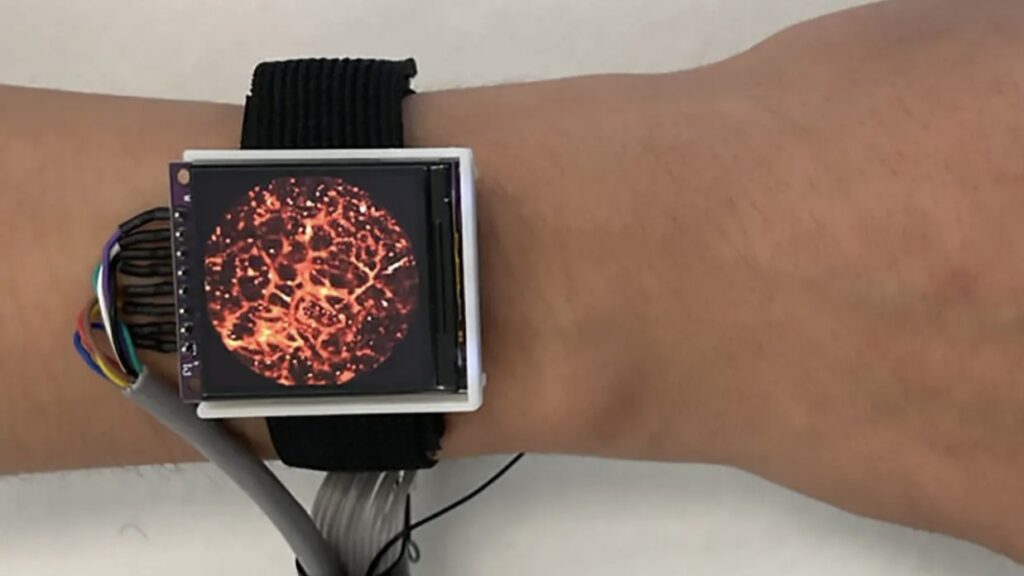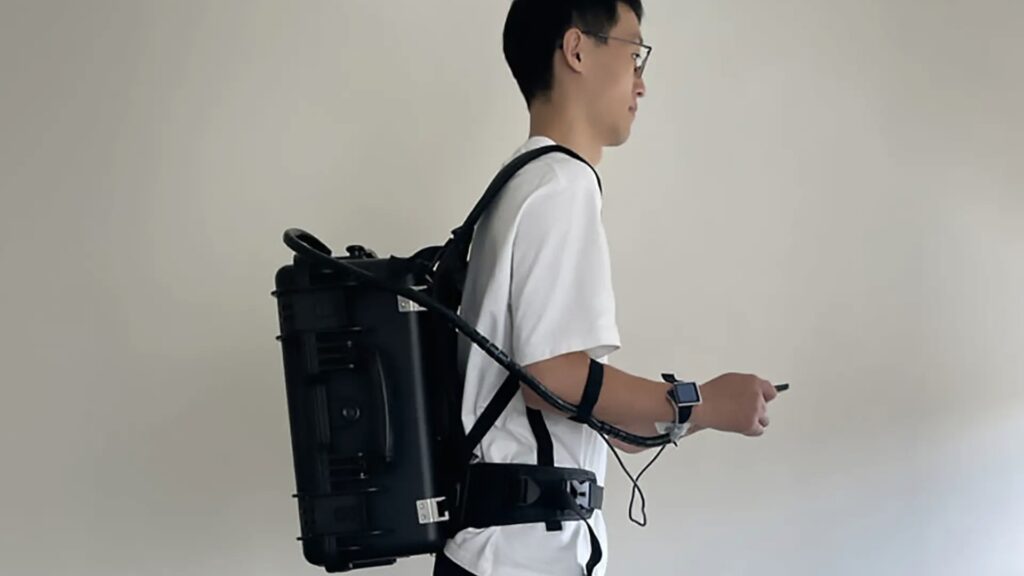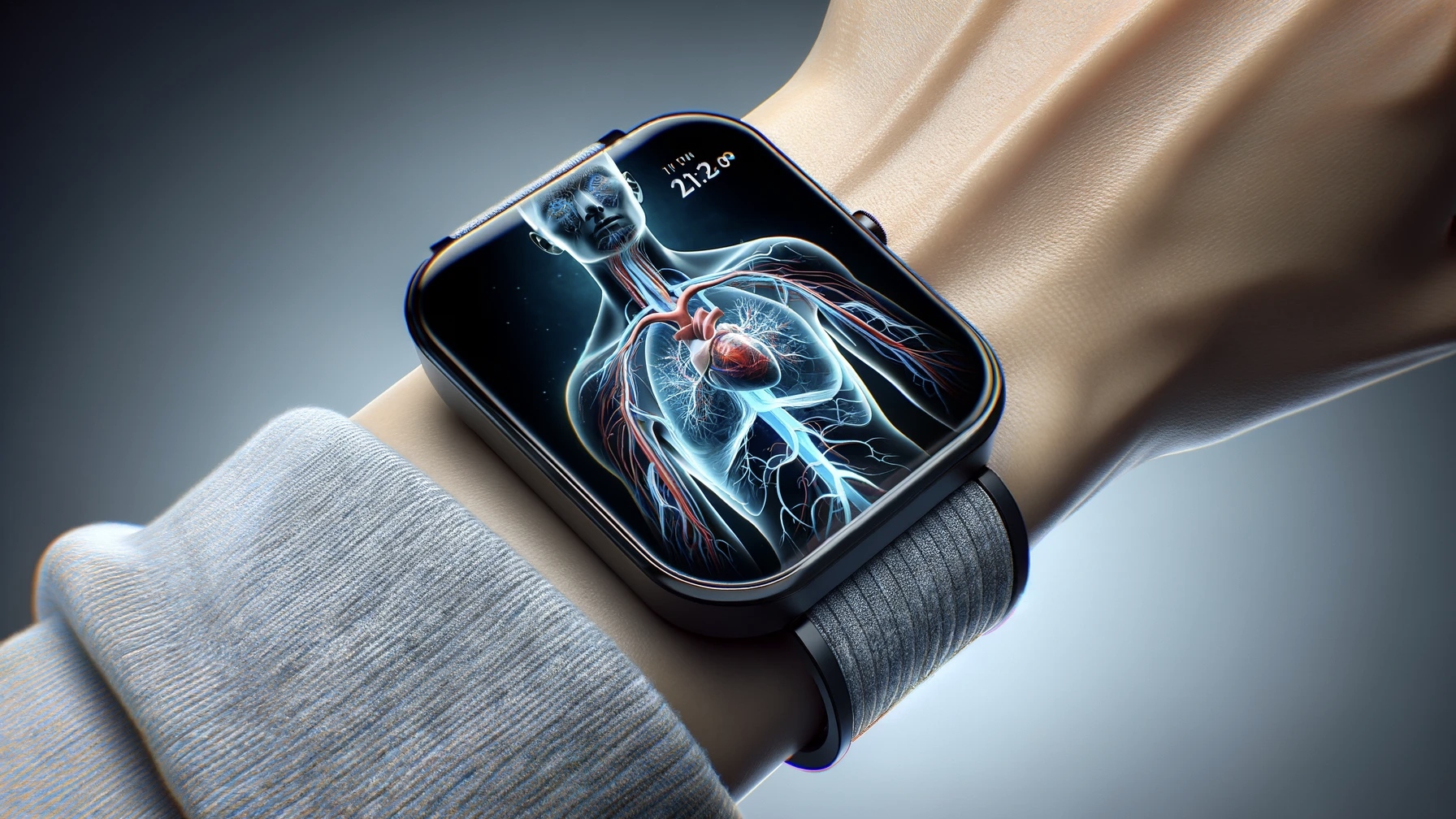Photoacoustic imaging systems have been able to image the inside of the body in high resolution, but they have generally been bulky. Now, researchers have miniaturized this technology to fit into a watch; the hardware can be carried in a backpack and is as light as a five-month-old baby.
The device is a photoacoustic imaging system that visualizes blood flow inside the body
This device offers a non-invasive method to measure how well the heart is functioning. Photoacoustic imaging works on the principle of objects (in this case, laser pulses) absorbing light and the absorbed optical energy converting into heat.
This heat leads to thermoelastic expansion, causing detectable sound waves to propagate. Unlike ultrasound, photoacoustic imaging can provide high-resolution functional and structural images.

The photoacoustic device consists of an imaging interface fitted into a watch, a portable computer held in hand, and a backpack housing the laser and power source. The laser’s focusing can be adjusted, providing a 8.7 µm resolution, allowing the imaging of the inside of the body, including the fine blood vessels of the skin, within a 3-millimeter field of view.
Applications and Future Prospects This miniaturized device could be used for disease diagnosis in community health centers or for long-term monitoring of circulation-related parameters in hospitals. Additionally, it could be useful in early diagnosis of skin disorders and cancers.

Researchers are working on a system with a smaller laser source and a higher pulse repetition rate, making the system more compact and lighter while improving safety and resolution.
This development demonstrates how photoacoustic technology can open new doors in medicine and healthcare, leading to more efficient and effective medical diagnostic and treatment methods. What are your thoughts on this technology? Do you think it’s a useful technology? Feel free to share your opinions in the comments below.














